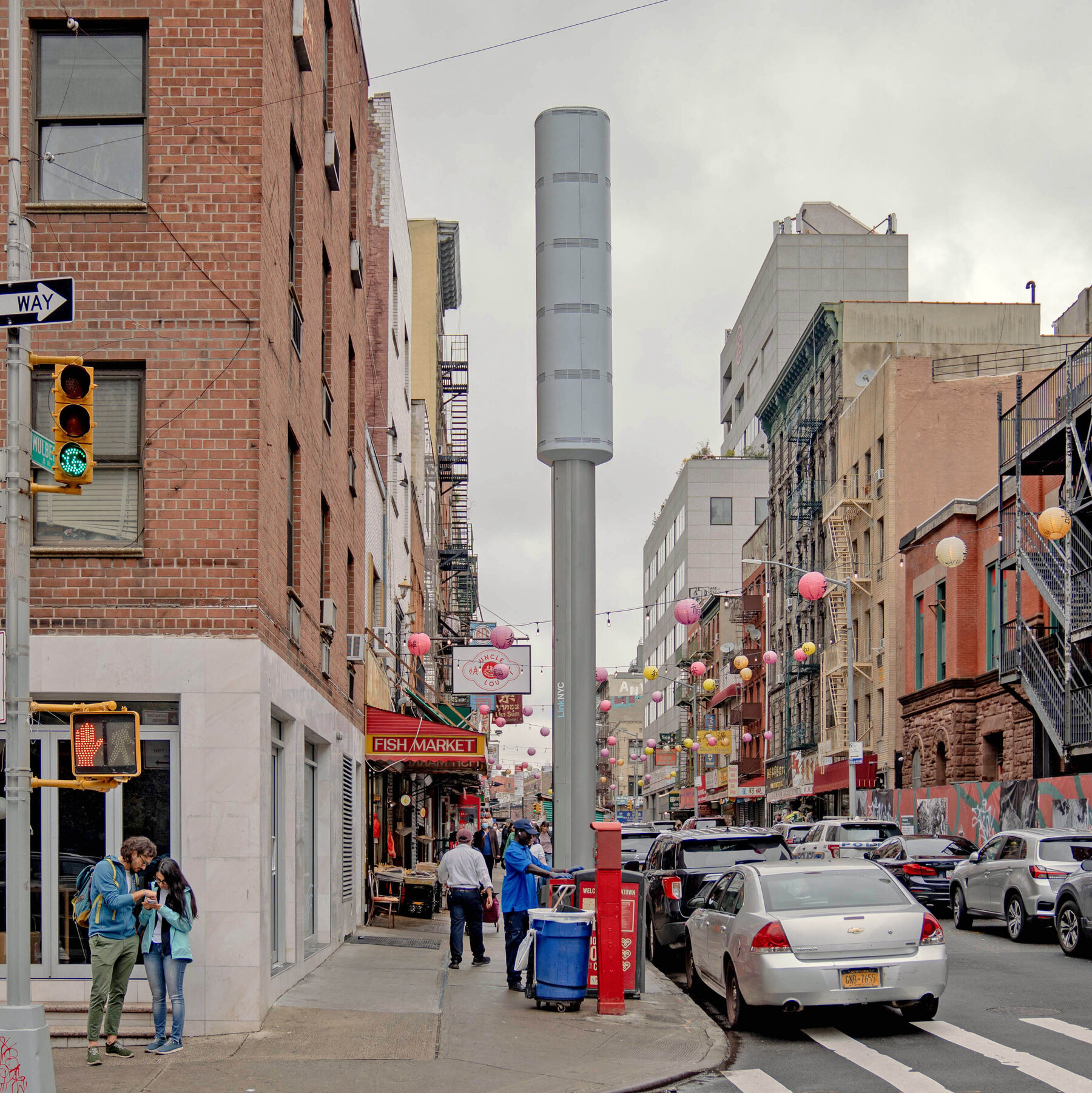5G technology promises a future of interconnectedness and high-speed communication, but beneath the surface lies a complex web of potential risks and consequences that demand our attention. The official narrative, backed by organizations like WHO, assures us that 5G is safe as long as exposure remains within international guidelines. However, a deeper dive into the data reveals a troubling reality that challenges the mainstream view.

Behind the veil of technological advancement and connectivity, the 5G landscape harbors a darker truth. Reports of cell tower workers facing alarming rates of accidents and fatalities raise red flags about the safety measures in place. The rush to erect towers with minimal regulations has led to a spike in preventable injuries, painting a grim picture of the human cost behind the infrastructure that powers our digital age.
As we unravel the threads of the 5G narrative, a stark contrast emerges between the assurances of safety and the growing body of evidence pointing to health risks associated with wireless radiation. The outdated standards used to regulate exposure, coupled with the rapid deployment of 5G infrastructure, create a perfect storm for potential harm to both humans and wildlife. Calls for transparency and updated safety protocols echo through the discourse, urging a reevaluation of our approach to wireless technologies.
The GOLIAT project, funded by Horizon Europe and spearheaded by esteemed institutions, seeks to delve into the health implications of 5G technology. With a focus on vulnerable populations like young individuals and workers in the 5G sector, the project aims to uncover the long-term effects of exposure to radiofrequency electromagnetic fields. By employing rigorous research methods and prioritizing risk communication, the project sheds light on the hidden dangers of 5G, guiding us towards a more informed and cautious future.
In the grand scheme of things, the push for 5G deployment is not just about faster connectivity; it is a multifaceted issue that intertwines technology, health, and societal well-being. The intent behind the rapid expansion of 5G networks, driven by vested interests and profit motives, raises serious questions about the prioritization of human safety in the face of technological progress. The means by which regulations are circumvented and risks downplayed highlight a systemic failure to protect the public from potential harm.
Looking ahead, the trajectory of 5G technology and its impact on society is at a critical juncture. As we stand on the precipice of a digital revolution, we must pause to consider the true cost of this advancement. The path forward demands a reevaluation of our values, a commitment to transparency, and a reimagining of progress that places human well-being at the forefront. Only by acknowledging the complex interplay between technology and society can we forge a future that is truly sustainable and equitable for all.

